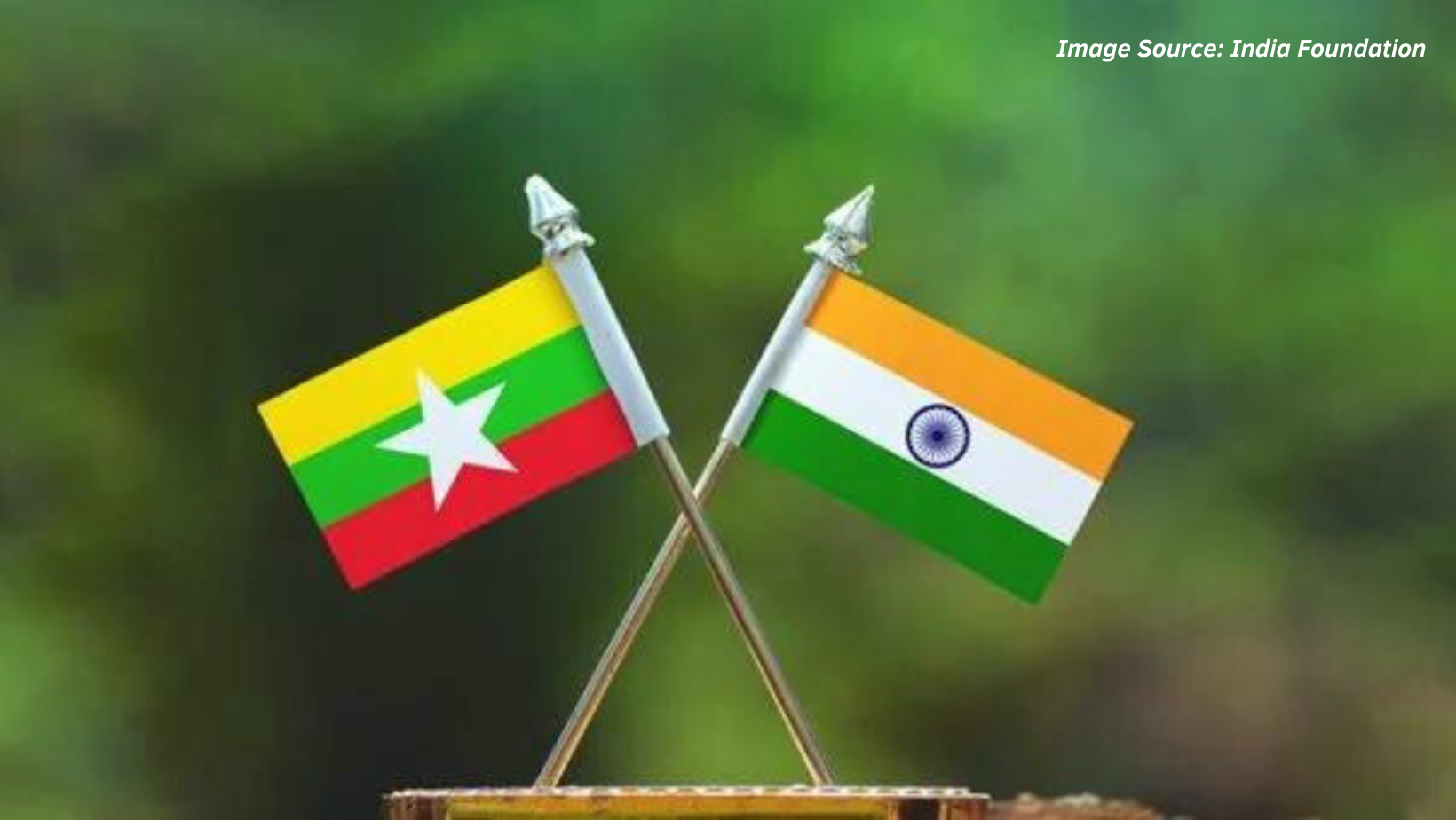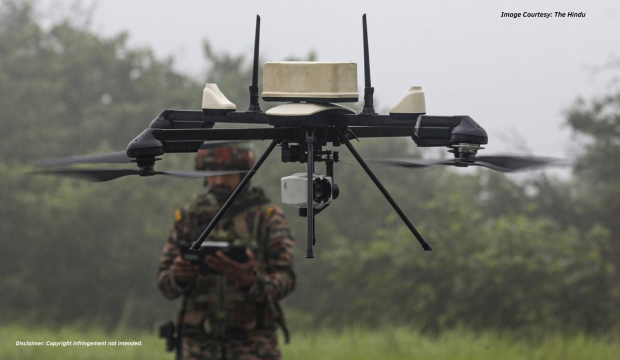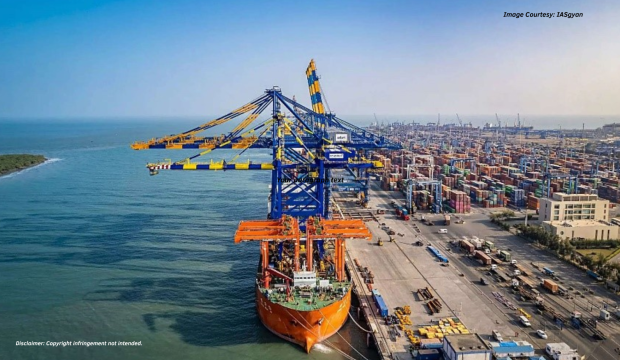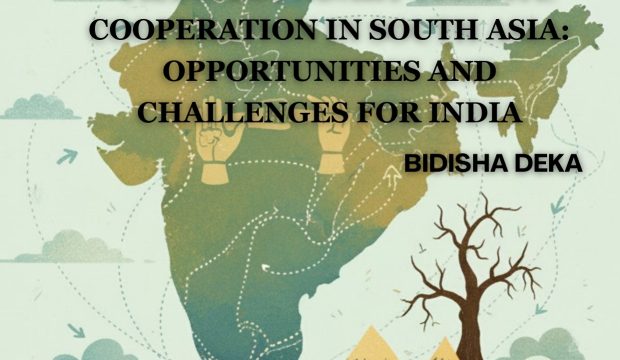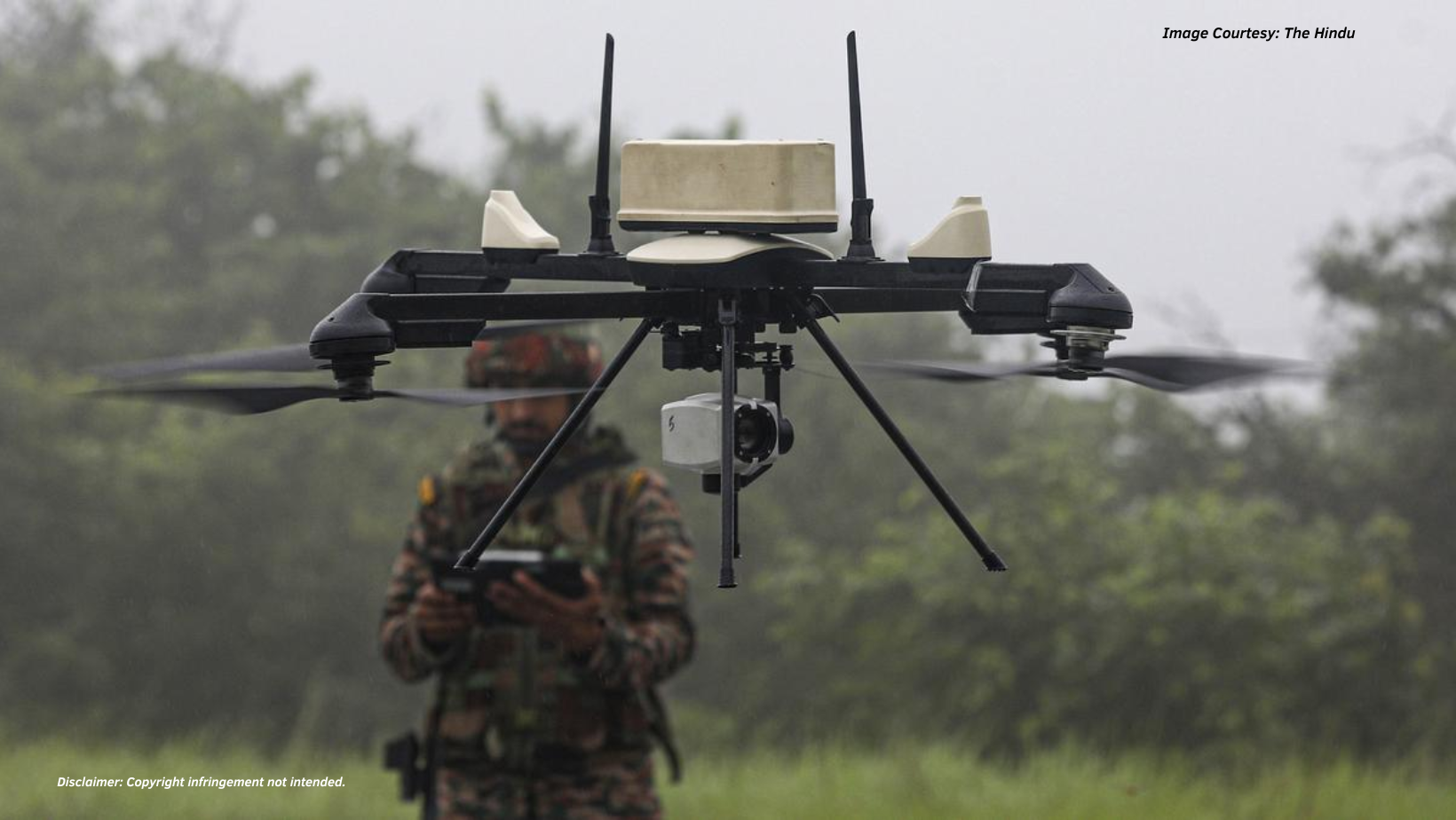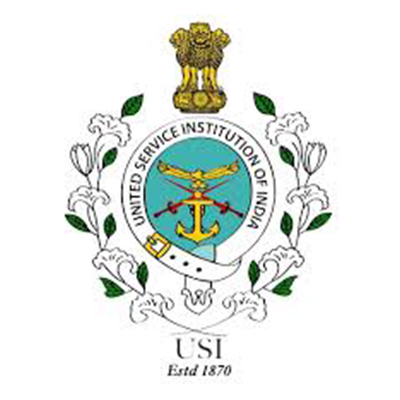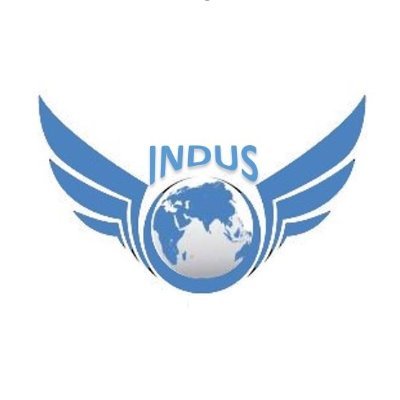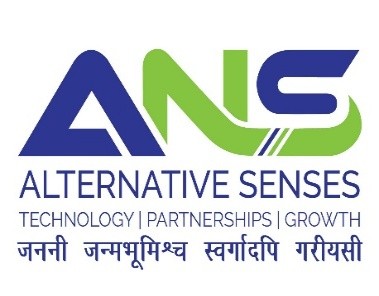Background
The character of the surrounding region is decisive for a nation’s foreign policy. In the case of India, a diverse and dynamic landscape characterized by rich cultural diversity with historical conflicts is present in its neighborhood.
Myanmar plays a significant role in the Bay of Bengal Initiative for Multi-Sectoral Technical and Economic Collaboration (BIMSTEC), a multilateral sub-regional group dedicated to promoting bilateral and regional collaboration between the nations of the Bay of Bengal. Since Modi invited BIMSTEC members to his second inauguration in May 2019, he intends to prioritize this organization during his second term, which will involve increased interaction with Myanmar. Through BIMSTEC, India may lead by example in establishing the agenda, exert influence in the Bay of Bengal, and operate as a kind of mini-balancer for the Belt and Road Initiative (BRI), which China sponsors.[1]
One point of contention is how India should deal with the current military rule (junta government) in Myanmar. Northeastern India is now experiencing a major refugee problem as a result of the lengthy civil conflict in Myanmar, which contributed to an unstable regional climate. India’s national security has been jeopardized by this refugee inflow as well as arms smuggling across the porous border with Myanmar is a major element in the ongoing violence in the Indian state of Manipur. The Home Minister of India stated that this occurrence poses a serious problem since it gives state-affiliated armed organizations more influence.
India has been a supporter of democracy around the world especially in its neighbourhood. In the early stage of military rule India strongly protested against the junta government and favoured democratic activities in Myanmar to support peace in the country. However, around the 1990s when PV Narasimha Rao held the post of Prime Minister changed the Indian attitude towards Myanmar power centers and supported the junta government with his pragmatic approach to building a better relationship with Myanmar from the foreign policy perspective.[2]
The aforementioned action highlights the strategic interest of the Indian government in cultivating stronger relations with Myanmar, a nation that is in line with India’s “Act East” and “Neighbourhood First” agendas[3]. Given its geographic location, Myanmar is especially important to India, which is why the Kaladan Multi-Modal Transit Transport Project was developed. Establishing a more effective path to promote commerce and fortify bilateral ties is the goal of this endeavor. Additionally, investments in Myanmar’s infrastructure development might result in advantageous externalities that strengthen the two countries’ financial links.
Infrastructure Investments by India in Myanmar impacted due to border disputes
India has been investing in the infrastructure in Myanmar for better connectivity of Northeastern states. Myanmar plays a pivotal role for India in its Act East Policy and Neighbourhood First. A peaceful neighborhood provides an edge to better development in a holistic manner of the country in political as well as economic aspects however, Myanmar has been in a civil war situation since 2021 which has severely impacted the infrastructure projects of India and given birth to various issues of the refugee crisis, security concerns on border, etc.
- Kaladan Multi-Modal Transit Transport
There are two major ongoing projects Kaladan Multi-Modal Transit Transport and India Myanmar Thailand Trilateral Highway. Kaladan Multi-Modal Transit Transport project is highly impacted due to the civil war between the Myanmar military and Rebels. This project connects the landlocked North Eastern part of India to Myanmar through road and inland routes. This project was launched in 2008 with a grant of almost $484 million[4] but still incomplete as it missed multiple deadlines.
The Kaladan project connects Mizoram in northeastern India to Sittwe port in Rakhine State by an interior river and road. The junction of the two countries’ border, Zorinpui, will be connected to Paletwa in Myanmar via a 68-mile road and an inland canal that runs 98 miles from Paletwa to Sittwe port via the Kaladan River. There is still work to be done on the 68-mile roadway that would go from Paletwa to Zorinpui at the border between India and Myanmar. There are two sections of the highway: 26 miles from Kaletwa to Zorinpui and 42 miles from Paletwa to Kaletwa. This route goes through one of the areas in Myanmar where the combat between the military and opposition fighters is continuing strong[5].
The major control of the Chin area is of the Arakan Army and this area has become prone to air strikes due to the conflict between the military government and rebels. Although the Arakan Army has shown some interest in the project and assured according to the Diplomat.[6] This is a sign that India show recognizes multiple power holders in Myanmar and starts focusing on expanding the engagement to proceed with the project in the pending area. Even, to make this project fully operational Indian authorities need to diplomatically engage with the rebels as the Arakan Army has majorly occupied the border areas which are rich in minerals as well[7].
- India Myanmar Thailand Trilateral Highway
Another project that holds strategic importance between India and Myanmar is the trilateral highway project in three countries- India, Myanmar, and Thailand. In this project as well the ethnic conflict in Myanmar created a hindrance. This is a significant connectivity project between the three countries through a road that covers about 1400 kilometers from Moreh in the Indian state of Manipur to Mae Sot in Thailand which passes through Myanmar. The construction began in 2012 and around 70 percent of the project has been completed. However, the recent conflicts that emerged in the Manipur state between the Kuki and Meities as well as the civil war of Myanmar have also impacted this project in achieving its success.[8]
The trilateral highway project has a capacity of more than an infrastructure development as it holds the growth of trade and commerce in the area. It will significantly impact the relationship between India and Southeast Asian countries. This project is bound to provide various employment opportunities to all three nations. This project also enhances the cultural exchange and tourism aspects in the countries connected as it will make all these routes hassle-free to travel which will play an important role in the economic growth of the region.[9]
Both of these projects are for the enhancement of the connectivity of the Indian region to Southeast Asia. These projects are the proof of Indian effort toward regional integration, understanding, and cooperation. Completion of these projects will increase the credibility of India as a promising partner in regional connectivity and development of the region. Hence, India needs to adopt a new approach towards these pending projects which are crucial for the Indian trade growth and connectivity.
Chinese Influence Impacting Indian Interest
China has been the biggest investor in Myanmar over US $ 3.279 billion[10] and strategically increasing its position in the territory through China Myanmar Economic Corridor (CMEC) under the Belt and Road Initiative which includes roads, rail, and gas pipelines[11]. While Myanmar is the major link between India and Southeast Asia, it also serves as an important pathway for China to link to the Indian Ocean through the Bay of Bengal. China has invested its money in the deep sea port in Myanmar’s west coast which provides it an edge over its connectivity in the Indian Ocean. This port known as Kyaukphyu, is near to the Kaladan port at Sittwe. The China State-owned Citi group owns 70 percent of the stakes of the project and it is a crucial point for the China-Myanmar-Economic-Corridor. This kind of presence of Chinese influence is surely impacting the progress of the Indian Kaladan Project[12].
China might not have expressed its intentions to contain India directly but is sure to increase its influence in the Indian neighborhood. Initially, China firmly supported the military rule in Myanmar and soon it moved its support to the democratic government. This change of heart in China shows how much it cares about its investment and shifted its support to the favorable party in Myanmar. In recent times, it has been observed that China has been supporting the rebel groups and supplying the weapons to continue the fight in Myanmar as it also provides a safe haven to the insurgents of the northeast region in India[13]. Chinese diplomacy has never been to attack directly in a conventional manner but to give small shocks to keep it engaged in these acts rather than the bigger plans. Chinese are right now keenly waiting to fill any space that India might leave.
India has somewhere lost Nepal and Sri Lanka to China but losing another neighbour might turn dangerous for our borders. Beijing’s domestic and international policy goals are expected to be satisfied by China’s investments under the CMEC, and Xi’s recent visit indicates his strong desire to restart a process that has stopped. Furthermore, the Chinese are becoming the main international supporter of the Myanmar government due to the ongoing Rohingya issue and the growing Western resistance to partnering with Myanmar. Therefore, it is possible to see Myanmar’s moderate resistance to China’s increasing influence in the nation as favoring China.[14]
Ultimately, the CMEC project is expected to be “slow going” in the near future, but China’s strong interest in the project makes it unlikely to collapse and may eventually lead to a functional infrastructure route in the medium to long term. CMEC may significantly change the strategic landscape for the area and China. CMEC is a prime example of China’s commitment to completing its Belt and Road Initiative (BRI) projects and the geopolitical and domestic interests at stake for the region at large.[15] This will compromise the Indian interest in the Myanmar region and set up the Chinese surveilling in the Indian Ocean
- The Illegal Trade of weapons and drugs
Border areas of India and Myanmar are also the victims of the illegal trade of weapons and drugs which is equally harmful to both countries. These illicit activities are a threat to the internal and external security of India which results in giving birth to terrorist activities as well in the region. This border suffers from state terrorism on the Indian side and rebels on the Myanmar side. Manipur violence is another consequence of illegal trade and drug trafficking. The violence in the Manipur state of India is significantly suspected to be sustained long due to the illicit trade of weapons across the border. Moreover, another serious problem of increased drug consumption has been reported in the Northeastern states of India[16].
In a recent meeting of the External Affairs Minister of India Jaishankar with Myanmar’s Foreign Minister U Than Shwe, specifically mentioned the issue of smuggling of arms and narcotics.[17] The Indian Government has already been working on this issue and announced a zero-tolerance policy on drug trafficking as it has been posing critical damage to the economic as well as security concerns of the country. Indian Government was running the Drug-Free campaign in October 2022 in Assam in which about 40,000 kilos of narcotic substances were destroyed.[18]
In 2000, the US stopped transferring fund support to the Myanmar government and International organizations involved in the reduction of poppy cultivation and heroin production and the overall situation of heroin production and poppy cultivation went uncontrolled due to lack of proper management and funds. Now, China has been filling the gap to control the poppy cultivation and heroin production in its territory. This step provides China with a massive advantage in influencing Southeast Asia[19]. Drug trafficking in isolation is a major issue for the Northeastern region of India however, the involvement of China makes it an alarming issue of concern to the national security of India. This issue will be handled with the cooperation of Myanmar.
Arms smuggling is another problem the Northeast is facing due to the India-Myanmar Border. This leads to state violence in Northeastern states, the active example could be observed in Manipur. Earlier in 2020, a major racket was caught which was lying its roots in the Bangladesh-Myanmar Border backed by China. These weapons included Chinese 500 assault rifles, 30 universal machine guns, 70,000 rounds of ammunition, and a massive number of grenades[20].
Recently, it was reported by the Economic Times that Assam Rifles ceased a significant number of arms, ammunition, and other war-like stores close to the Myanmar Border during a search operation. These types of incidents are harmful to the peace in the region. Both countries have to develop deep strategies against the peace-harming elements in the border region and should work more towards high-security arrangements in the border areas.[21]
Impacts of Fencing Decision on Bilateral Relation of India-Myanmar
During his visit to Manipur home minister announced to fence the border between India and Myanmar due to the security concerns faced by the northeastern region of India. This decision of fencing will end the free movement region which holds ethnic and cultural importance for most of the tribes in the region. However, this decision is supported by the Manipur state which is ruled by the BJP government, Mizoram and Nagaland have shown a strong protest towards this decision of the central government. Most of the refugees from Myanmar hold their roots in the region since independence as this region was divided irrespective of their ethnic connections. The demarcation of borders, such as the separation of India and Myanmar, which often divided ethnic communities, was a feature of the colonial period. The Chin, Kuki, Zomi, and Naga groups are prime examples of this, as their ancestral lands now cross international borders. The flood of ethnic minorities from Myanmar seeking asylum in India as a result of internal civil strife is proof that such cross-border ethnic links have had substantial implications[22].
Building a fence over such a long border which is almost 1,643 kilometers. According to the Home Minister during his speech the India- Myanmar border will be sealed like Pakistan and Bangladesh borders. Although fencing is a step taken to increase the security in the area this will be quite a heavy-budget project. Its viability can be questioned as this border has mountainous terrain.[23].
The free movement region provides various benefits to the tribal people over there in business and travel without a visa for about 16 kilometers. There are various positive aspects of the free movement regime which will be scrapped. This decision might disturb the years of balance that existed between the peoples of both the countries in the border region. Building the fence is quite an impractical idea and consumes a lot of time and funds in the process and this fencing of a solid border might push Myanmar toward China to fill the spaces will prove dangerous to India. India has always worked in the favour of a friendly neighbour this decision of fencing might backfire on this intent and increase the tension in the neighborhood.
Recommendations
Presently in Myanmar, multiple power centres are exercising their power over the country. The major area under construction for the Kaladan project is near the borders occupied by the Arakan army. The military has lost its control over the Chin region and is unable to get it back from the rebels. Thus, India has to balance the moves with the Arakan Army, the Democratic government, and the junta to not only complete these projects but also make them operational.
Myanmar’s ethnic violence can pose a potential threat to the northeastern region which is already vulnerable to conflicts. The proven fact is neighbors can’t be changed hence India needs to be highly cautious while dealing with the Myanmar power holders as any inconvenience to them will give the edge to China to fill the space for India. India is known for its soft power across the world. In the case of Myanmar India can leverage this tense situation by focusing on people-to-people connections on the grounds of Ethnic and Buddhist terms. People-to-people connection is quite a powerful tool for India to turn this situation in its favor.
India needs to focus on the inner battles of the Northeastern region to make it immune from any further breakouts of violence. This border region with Myanmar plays a vital role in the operationality of the connectivity projects and maintains peace in the neighborhood. Fencing is another step taken by the government for security purposes due to various illegal activities and soldiers fleeing from Myanmar to escape the junta. However, this step is not taken positively by tribal people as the free movement zone has held much significance for them since the years of independence. Instead of solid border fencing a middle path could be preferred which gives people more freedom of movement with security of the borders.
Conclusion
The recent stand of the Indian Government proves that India intends to extend its arms to resolve the issues in Myanmar by addressing all stakeholders and leveraging the establishment of peace. If this diplomatic move of India becomes a success, the results will change the face of India’s Foreign Policy from being a giant in the neighborhood to a peace establishment. The peace in the neighbourhood is beneficial for India not just in the financial aspect of the projects in Myanmar but highlighting the impact of the increasing influence of China. This is high time for India to use its cultural ties to strengthen its relationship with Myanmar and be a peace bearer.
DISCLAIMER
The paper is author’s individual scholastic articulation and does not necessarily reflect the views of CENJOWS. The author certifies that the article is original in content, unpublished and it has not been submitted for publication/ web upload elsewhere and that the facts and figures quoted are duly referenced, as needed and are believed to be correct.
Endnotes
- Mustafa Izzuddin and Archana Atmakuri, “India’s Myanmar Engagement under the Modi Government,” ISAS.NUS.EDU.SG, March 2, 2020, https://www.isas.nus.edu.sg/papers/indias-myanmar-engagement-under-the-modi-government/.
- TT Lian, “The Indian Trilateral Highway Project and Myanmar’s Spring Revolution,” – The Diplomat, September 19, 2023, https://thediplomat.com/2023/09/the-indian-trilateral-highway-project-and-myanmars-spring-revolution/.
- Viraj Solanki, “India Boosts Relations with Myanmar, Where Chinese Influence Is …,” IISS, June 1, 2018, https://www.iiss.org/blogs/analysis/2018/05/india-myanmar-china-relations.
- Rezaul H Laskar, “India Pushing Ahead with Key Kaladan Transit Project in Myanmar,” Hindustan Times, February 17, 2021, https://www.hindustantimes.com/india-news/india-pushing-ahead-with-key-transit-project-in-myanmar-101613551020873.html.
- Rajeev Bhattacharyya, “Has the Indian Flagship Kaladan Project in Myanmar Hit a Dead End?,” – The Diplomat, February 22, 2024, https://thediplomat.com/2024/02/has-the-indian-flagship-kaladan-project-in-myanmar-hit-a-dead-end/.
- ibid
- ibid
- ibid
- www.ETInfra.com, “India-Myanmar-Thailand Trilateral Highway: Progress Update – ET Infra,” ETInfra.com, July 20, 2023, https://infra.economictimes.indiatimes.com/news/roads-highways/india-myanmar-thailand-trilateral-highway-progress-update/101984181.
- “Myanmar-China Border Trade Surges to US$3.2B in FY2023-2024,” MDN, April 19, 2024, https://www.mdn.gov.mm/en/myanmar-china-border-trade-surges-us32b-fy2023-2024#:~:text=The%20border%20trade%20value%20between%20Myanmar%20and%20China,2023-2024%20compared%20with%20that%20of%20the%20FY%202022-2023.
- Niranjan Marjani, “India Faces a Two-Front Challenge from Post-Coup Myanmar,” – The Diplomat, April 27, 2023, https://thediplomat.com/2023/04/india-faces-a-two-front-challenge-from-post-coup-myanmar/.
- ibid
- Kunal Purohit, “Why India’s Worried about China, Myanmar as Conflict Flares up in Northeast,” South China Morning Post, January 22, 2022, https://www.scmp.com/week-asia/explained/article/3164208/why-india-worried-about-china-and-myanmar-conflict-flares-its?campaign=3164208&module=perpetual_scroll_0&pgtype=article.
- Lucas Myers, “The China-Myanmar Economic Corridor and China’s Determination to See It Through,” Wilson Center, May 26, 2020, https://www.wilsoncenter.org/blog-post/china-myanmar-economic-corridor-and-chinas-determination-see-it-through.
- ibid
- Sajal Nag, “Northeast India’s Battle Against Drugs,” – The Diplomat, July 2, 2024, https://thediplomat.com/2024/07/northeast-indias-battle-against-drugs/.
- Kallol Bhattacherjee, “EAM Jaishankar Urges Safety for Indian Projects in Meeting with Myanmar Foreign Minister,” The Hindu, June 27, 2024, https://www.thehindu.com/news/national/eam-jaishankar-urges-safety-for-indian-projects-in-meeting-with-myanmar-foreign-minister/article68339325.ece.
- Ibid
- Dhiren A. Sadokpam, “Looking at Manipur’s Ethnic Violence from the Perspective of Drug Trade and National Security,” The Wire, 2023, https://thewire.in/security/manipur-violence-poppy-national-security-golden-triangle.
- Dipanjan Roy Chaudhury, “China’s Arms Smuggling Racket along Bangladesh-Myanmar Border Unearthed,” The Economic Times, 2020, https://economictimes.indiatimes.com/news/international/world-news/chinas-arms-smuggling-racket-along-bangladesh-myanmar-border-unearthed/articleshow/78138743.cms.
- “Assam Rifles Seizes Arms Cache near Indo-Myanmar Border, One Arrested,” The Economic Times, accessed July 4, 2024, https://economictimes.indiatimes.com/news/defence/assam-rifles-seizes-arms-cache-near-indo-myanmar-border-one-arrested/articleshow/109699849.cms.
- Swapnarka Arnan, “India’s ‘forgotten Partition’ and the Myanmar Refugee Crisis,” – The Diplomat, May 11, 2024, https://thediplomat.com/2024/05/indias-forgotten-partition-and-the-myanmar-refugee-crisis/.
- Soutik Biswas, “India-Myanmar: Why Delhi Wants to Fence the ‘troubled’ Border,” BBC News, January 30, 2024, https://www.bbc.com/news/world-asia-india-68078252.


